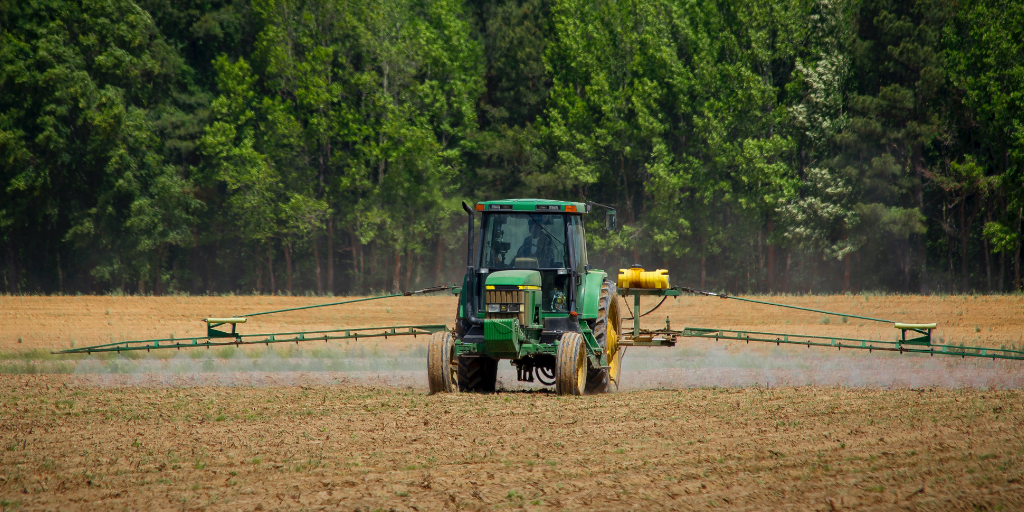
Croptracker’s system has always been designed based on the needs of growers, packers and associations. In this case study, we’d like to introduce an important client and development partner of new Croptracker modules: Schuyler Farms in Simcoe Ontario. Brett Schuyler is a former board member with Ontario Apple Growers (OAG) and current CEO at Schuyler Farms, Brett has been in the apple business since 2008.
A Croptracker success story, Brett started small with just one user and two modules to improve his harvest and labor tracking records. Now Brett has brought his experience and expertise to bear for Croptracker’s new Quality Control module.

We take a look at the best in the business when it comes to keeping your phone and tablet safe in the field. Read on for the top ten rugged cases for your phone and tablet in 2023.

Climate change is ubiquitous in the news these days, and growers worldwide are adopting new technologies, taking new approaches to farming, and seeking resources to help them in a changing environment. The creation of “climate resilient” crop varieties is one way that agricultural scientists hope to address the challenges facing farmers around the globe.

At Croptracker, all of our features are designed in collaboration with growers to prioritize the features that matter most. From the very beginning, the Spray module has been a favorite of fruit and vegetable growers worldwide with features designed to save time, reduce headaches, and keep your crews safe in the field.
Let our expert staff walk you through the Croptracker system, and answer any questions you have.
We are here to help.